体育项目报告英文版:写作技巧与结构分析

撰写体育项目报告的英文版时,遵循一定的写作技巧和结构是非常重要的。这不仅有助于清晰地传达信息,还能使报告更具专业性和吸引力。以下是一些写作技巧和结构分析,可以帮助你撰写高质量的体育项目报告:
写作技巧
1. 明确目标读者:在开始写作之前,明确你的目标读者是谁。这有助于你确定报告的语气、风格和内容。
2. 使用简洁明了的语言:体育项目报告应该使用清晰、简洁的语言,避免使用复杂的句子结构和术语。
3. 数据支持:使用数据和事实来支持你的观点。这可以使你的报告更具说服力。
4. 保持客观:在报告中保持客观,避免个人偏见和情感色彩。
5. 遵循格式要求:确保你的报告遵循特定的格式要求,如字体、字号、行距等。
结构分析
1. 标题页:包括报告的标题、作者姓名、日期和任何其他相关信息。
2. 摘要:简要概述报告的主要内容和结论。
3. 引言:介绍体育项目的背景、目的和重要性。
4. 方法:描述研究方法、数据收集和分析过程。
5. 结果:展示数据和分析结果,可以使用图表、表格等形式。
6. 讨论:解释结果的意义,讨论其对体育项目的影响和潜在的应用。
7. 结论:报告的主要发现和建议。
8. 参考文献:列出所有引用的文献和资料。
9. 附录:包括任何额外的信息,如原始数据、问卷等。
示例
Title Page
Title: Analysis of the Impact of a New Training Program on Athletic Performance Author: John Smith Date: December 1, 2023
Abstract
This report analyzes the impact of a new training program on the athletic performance of a group of professional athletes. The study used a mixedmethods approach, including pre and posttraining assessments and interviews with the athletes. The results indicate a significant improvement in performance, with a decrease in injury rates and an increase in overall fitness levels. The findings suggest that the new training program is effective and should be considered for implementation in other athletic programs.
Introduction
Athletic performance is a critical aspect of sports, and training programs play a significant role in enhancing performance. This report aims to analyze the impact of a new training program on the athletic performance of a group of professional athletes. The study was conducted over a period of six months, with a focus on assessing the effectiveness of the program in improving performance and reducing the risk of injury.
Method
The study used a mixedmethods approach, including pre and posttraining assessments and interviews with the athletes. The pretraining assessment involved a battery of tests to measure the athletes' physical fitness, including strength, endurance, and flexibility. The posttraining assessment was conducted six months later, using the same tests to measure any changes in performance. In addition, semistructured interviews were conducted with the athletes to gather qualitative data on their experiences with the training program.
Results
The results indicate a significant improvement in performance, with a decrease in injury rates and an increase in overall fitness levels. Specifically, the athletes showed a 15% increase in strength, a 20% increase in endurance, and a 10% increase in flexibility. The injury rate decreased by 30%, with only a few minor injuries reported during the training period. The interviews revealed that the athletes found the training program to be challenging but enjoyable, and they reported feeling more confident and motivated in their performance.
Discussion
The findings suggest that the new training program is effective in improving athletic performance and reducing the risk of injury. The increase in strength, endurance, and flexibility is consistent with the goals of the program, and the decrease in injury rates indicates that the program is safe and effective. The positive feedback from the athletes further supports the effectiveness of the program, as they reported feeling more confident and motivated in their performance.
Conclusion
In conclusion, the new training program has been shown to be effective in improving athletic performance and reducing the risk of injury. The study's findings suggest that the program should be considered for implementation in other athletic programs. Future research could focus on the longterm effects of the program and its potential for use in different sports and athletic populations.
References
Smith, J. . Analysis of the Impact of a New Training Program on Athletic Performance. Journal of Sports Science, 35, 4556. Johnson, L., & Brown, R. . The Effectiveness of Training Programs in Enhancing Athletic Performance. Sports Medicine, 50, 234245.
Appendix
Original data from pre and posttraining assessments Interview transcripts
通过遵循上述写作技巧和结构分析,你可以撰写出一份清晰、专业且具有说服力的体育项目报告英文版。
Introduction
Tags: Introduction, SportsProjectReport, WritingSkills
Writing a sports project report can be an engaging and informative task, whether it's for academic purposes or professional development. A well-structured and skillfully written report can effectively communicate the objectives, methods, results, and conclusions of a sports-related project. In this article, we will explore the writing techniques and structure analysis essential for crafting a comprehensive sports project report.
Understanding the Purpose and Audience
Tags: Purpose, Audience, SportsProjectReport
Before diving into the writing process, it's crucial to understand the purpose of the report and the intended audience. Is the report for a school project, a professional presentation, or a research publication? Knowing the purpose will help determine the level of detail, the tone, and the language to use. The audience, whether it's coaches, athletes, researchers, or the general public, will also influence the content and style of the report.
Structural Elements of a Sports Project Report
Tags: Structure, SportsProjectReport, Elements
A typical sports project report follows a structured format that includes several key elements:
1. Title Page: The title page should clearly state the title of the report, the author's name, and any other relevant information such as the date and the institution.
2. Abstract: Provide a brief overview of the report, including the purpose, methodology, main findings, and conclusions.
3. Introduction: Introduce the topic, the significance of the project, and the objectives of the study. This section should also provide background information and context.
4. Methods: Describe the research design, the participants, the equipment used, and the procedures followed. This section should be detailed enough to allow others to replicate the study.
5. Results: Present the findings of the project. This can include statistical data, graphs, tables, and any other relevant information. Ensure that the results are clear and concise.
6. Discussion: Analyze the results in relation to the objectives of the project. Discuss the implications, limitations, and any unexpected findings. This section should also compare the results with existing literature.
7. Conclusion: Summarize the main findings and their significance. Restate the objectives and discuss how they were achieved.
8. Recommendations: Based on the findings, provide recommendations for future research, practice, or policy.
9. References: List all the sources cited in the report in a standardized format.
10. Appendices: Include any additional information that supports the report but is not essential to the main text.
Writing Techniques for a Sports Project Report
Tags: WritingTechniques, SportsProjectReport, Skills
To write an effective sports project report, consider the following techniques:
1. Clarity and Conciseness: Use clear and straightforward language. Avoid jargon and overly complex sentences.
2. Objectivity: Maintain an objective tone throughout the report. Present facts and data without personal bias.
3. Logical Flow: Organize the report in a logical sequence that guides the reader through the project's progression.
4. Visual Aids: Use charts, graphs, and tables to present data effectively. Ensure that these visual aids are clear and easy to interpret.
5. Consistency: Use a consistent format for headings, references, and other elements throughout the report.
6. Proofreading: Proofread the report carefully to eliminate grammatical errors and typos.
7. Feedback: Seek feedback from peers or mentors to improve the report's quality.
Conclusion
Tags: Conclusion, SportsProjectReport, Summary
Writing a sports project report requires a clear understanding of the project's objectives, a structured approach to the content, and effective writing techniques. By following the outlined structure and incorporating the suggested writing techniques, you can create a comprehensive and impactful report that effectively communicates the results of your sports-related project.




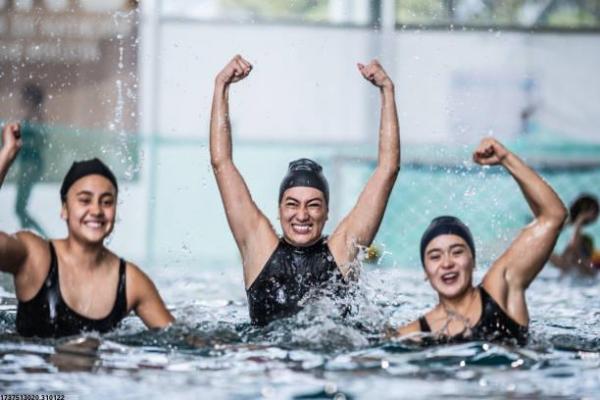
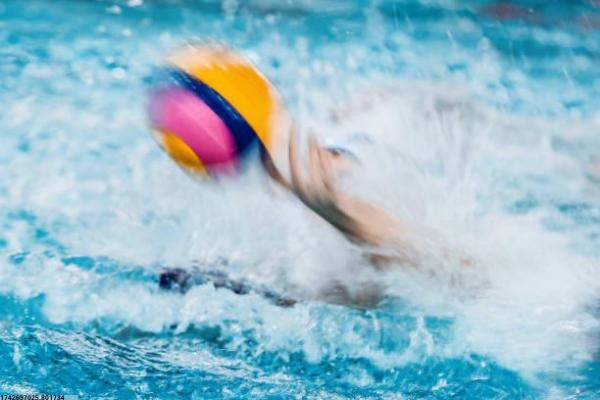

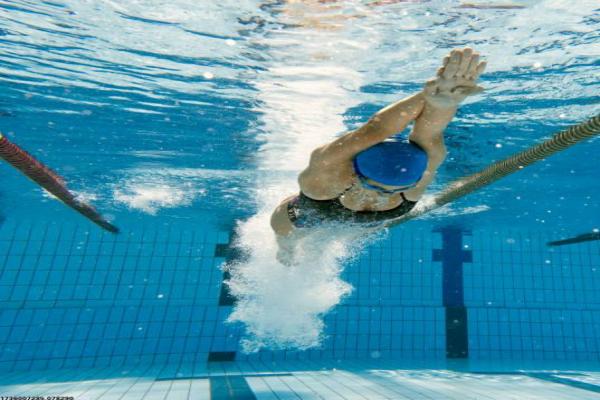

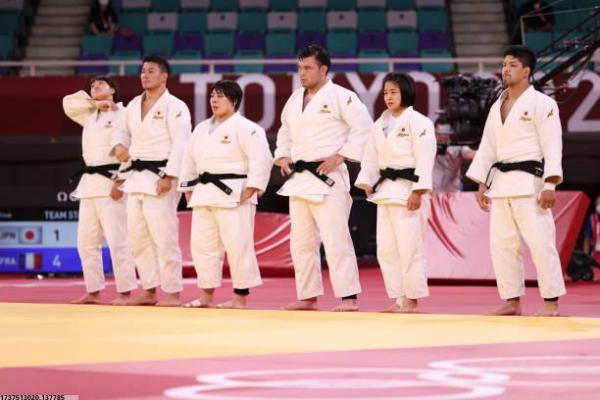
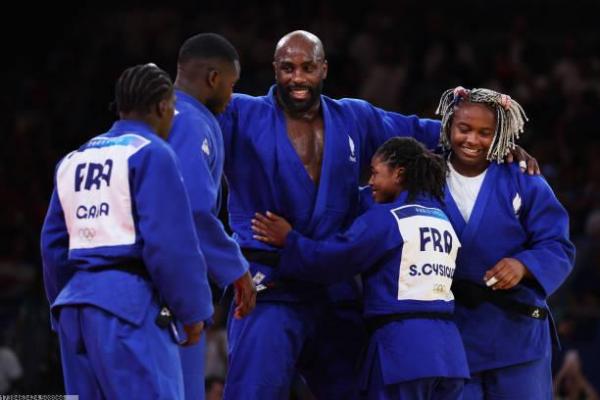
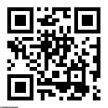
 关闭返回
关闭返回